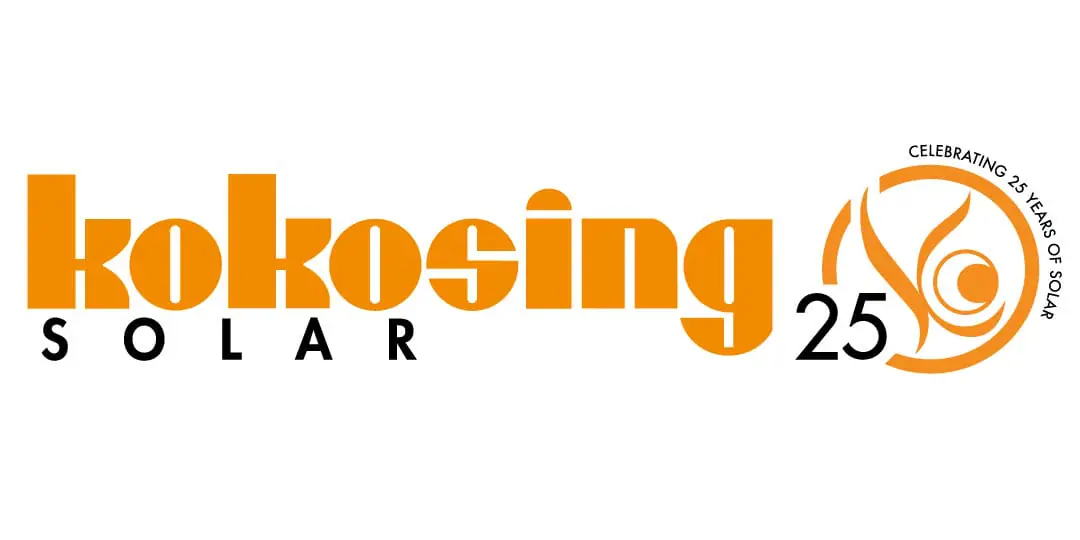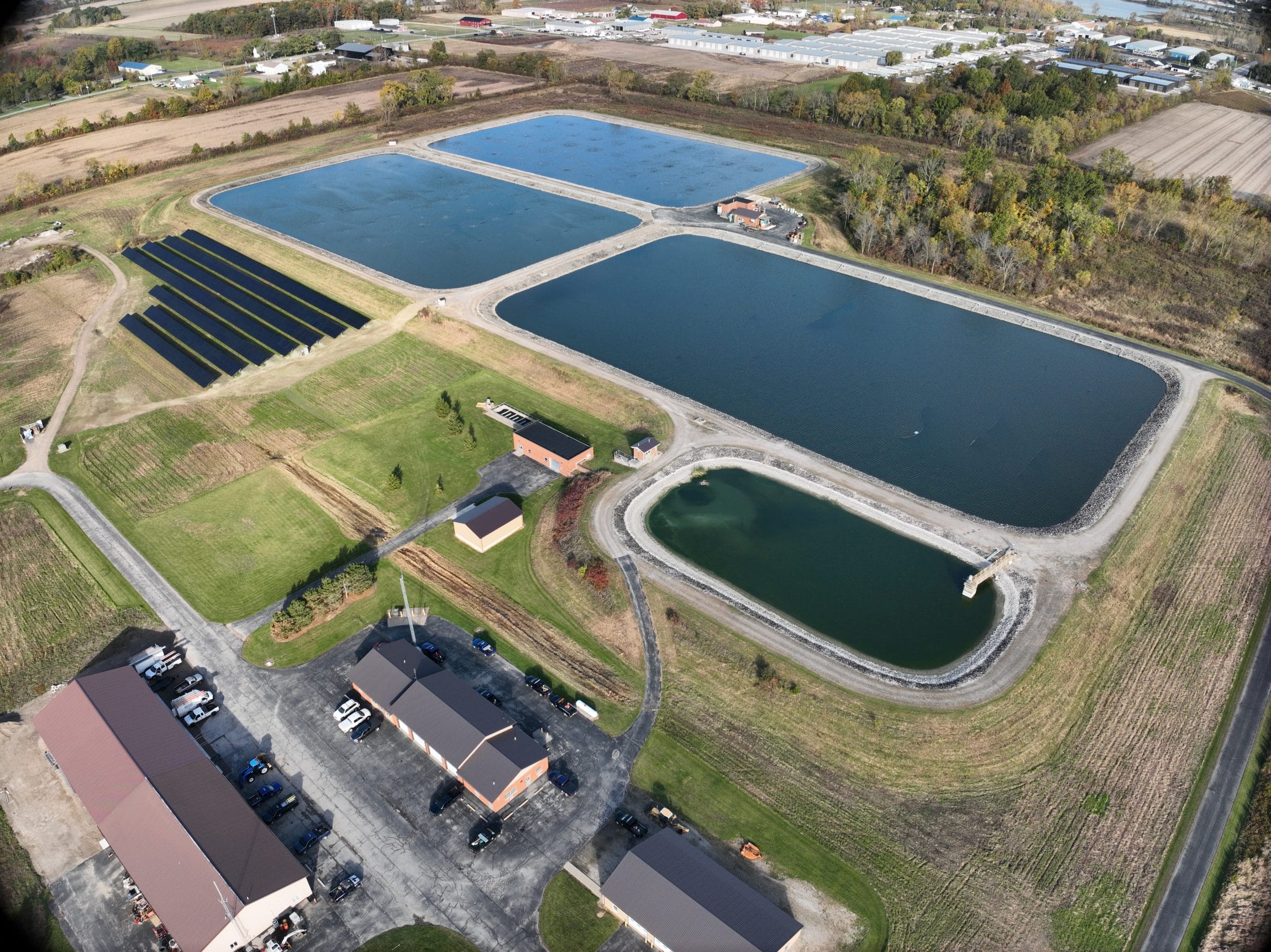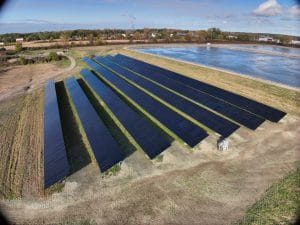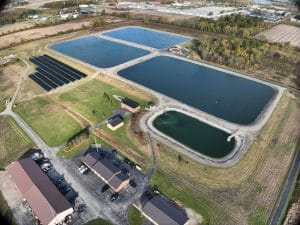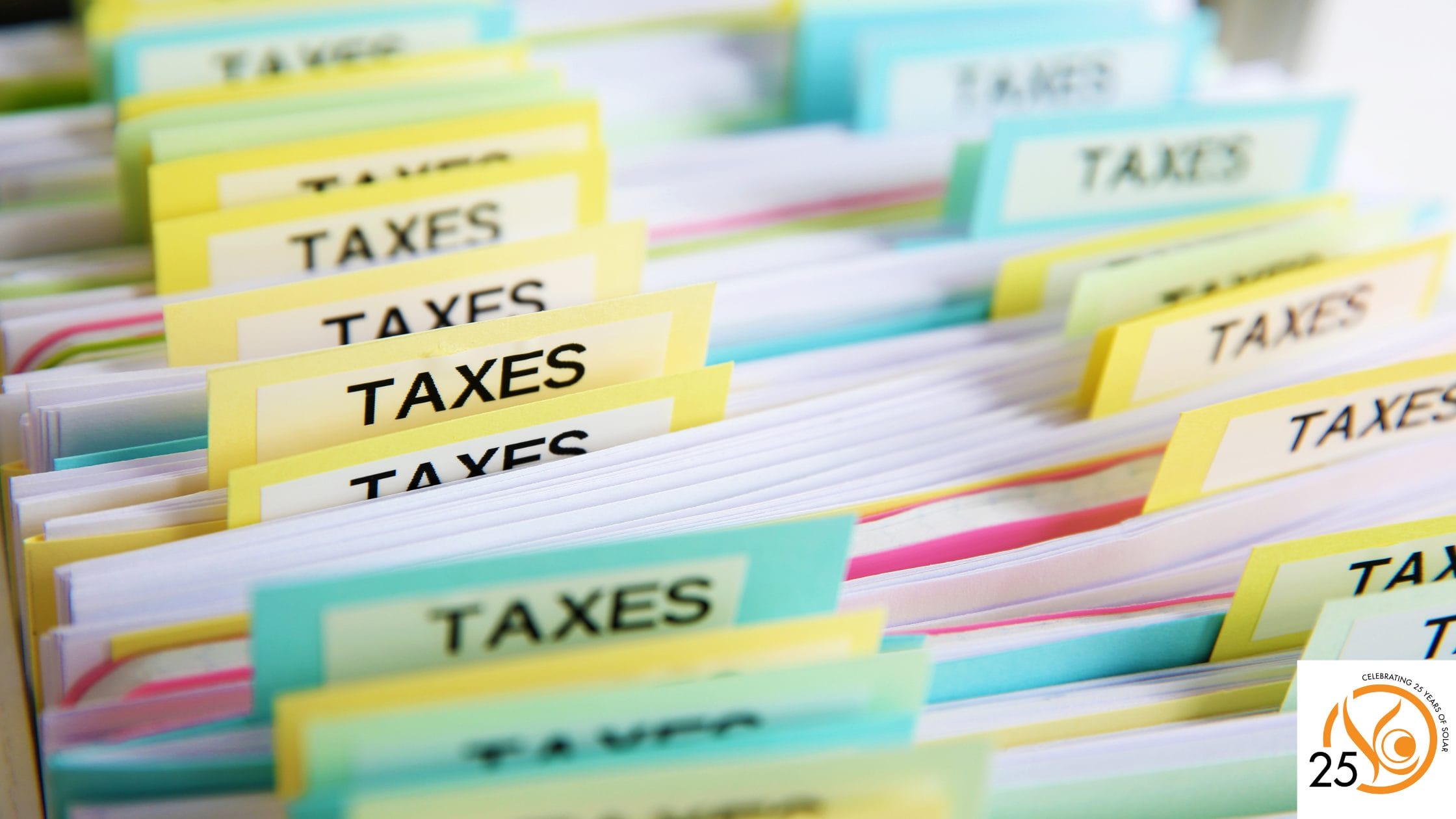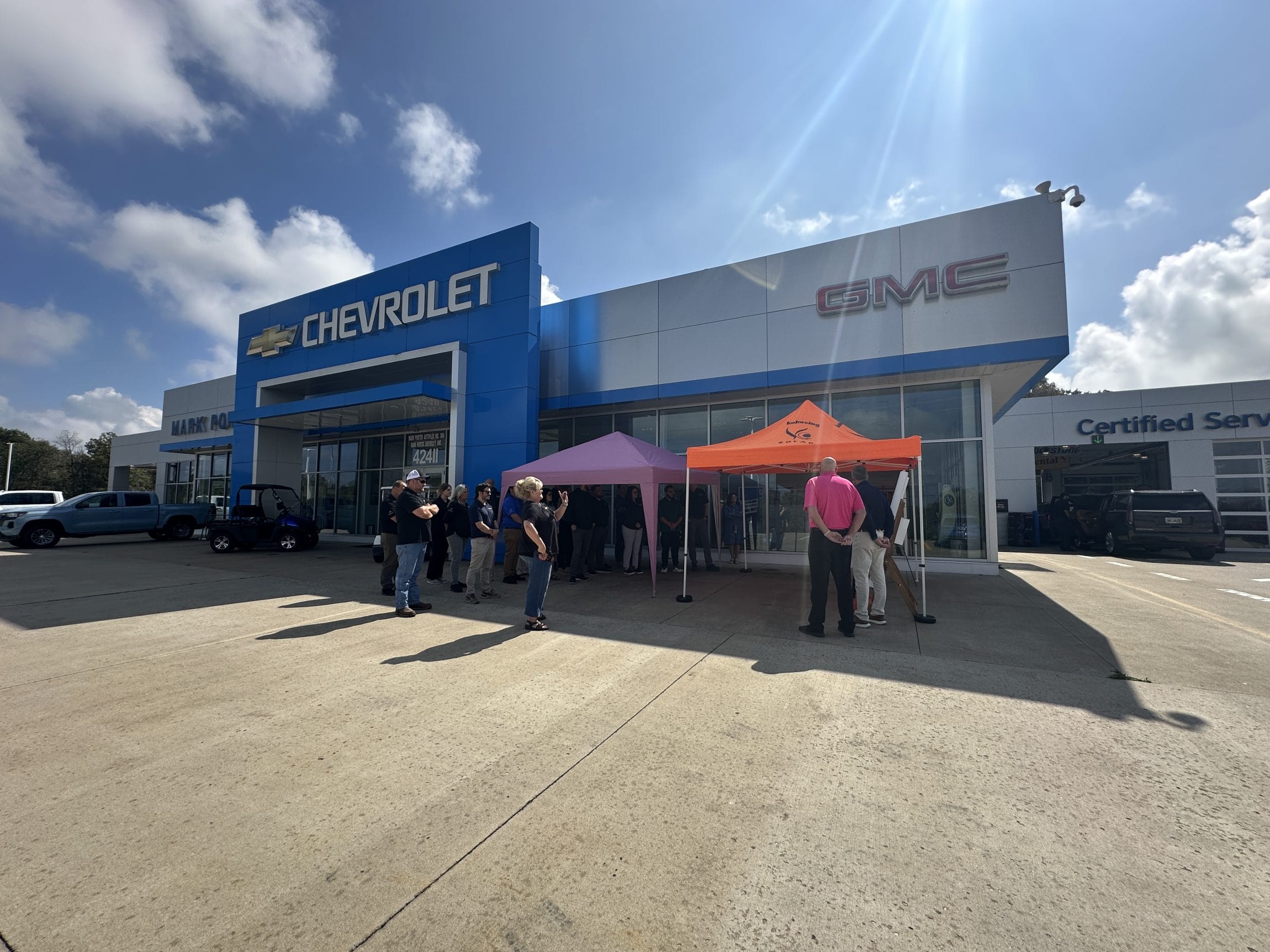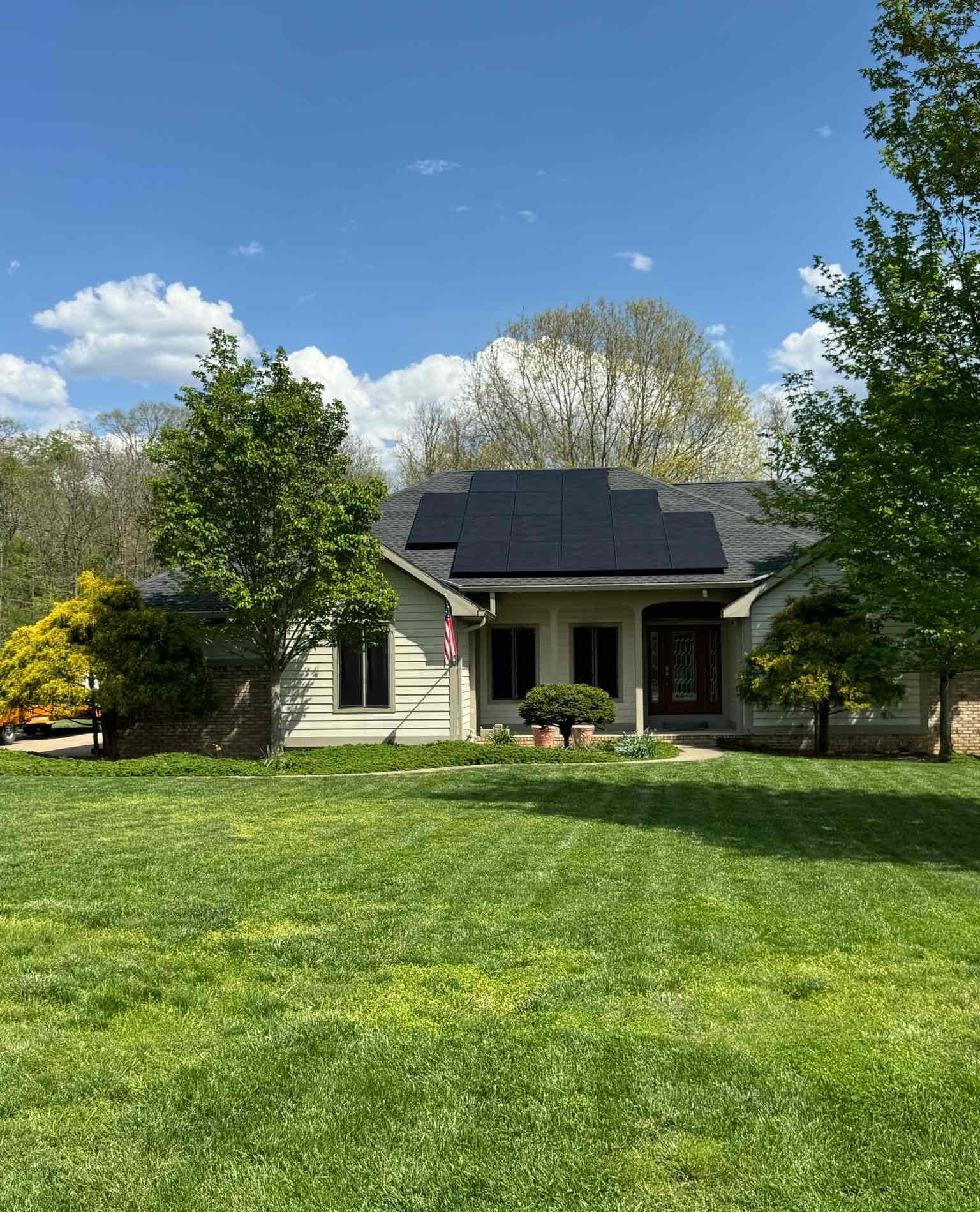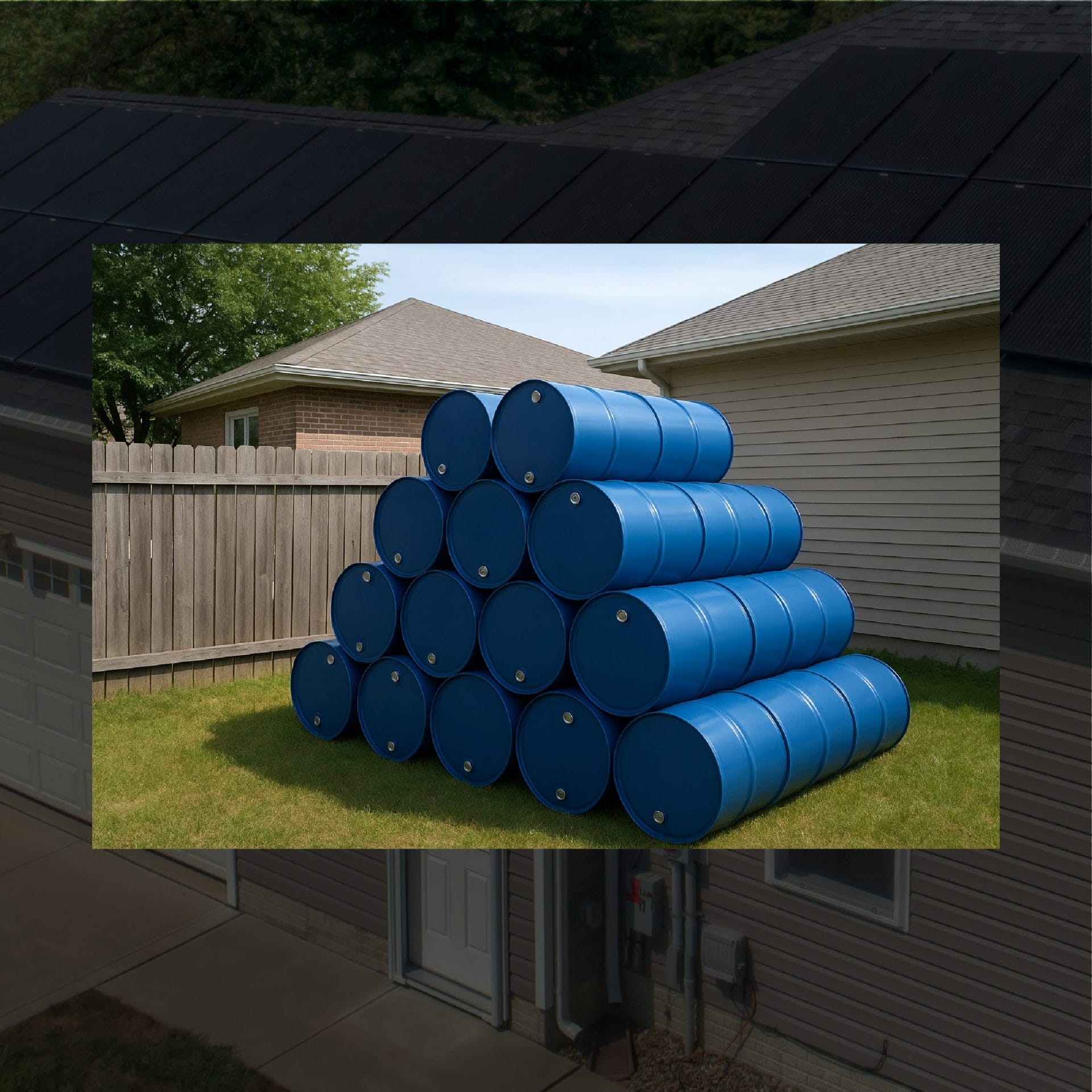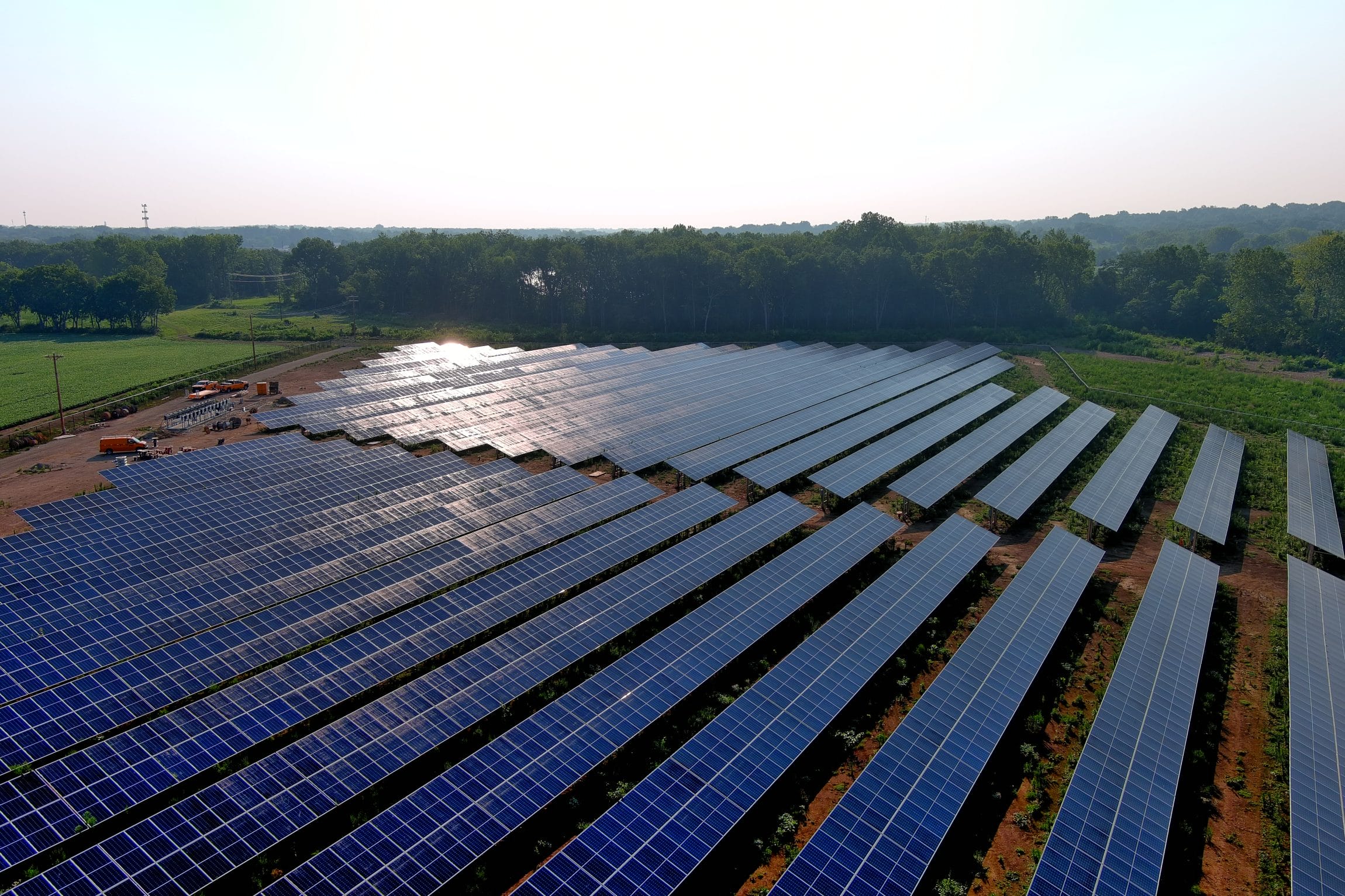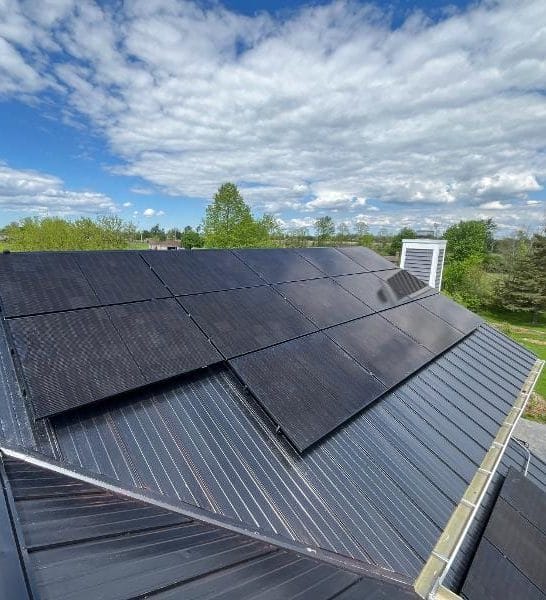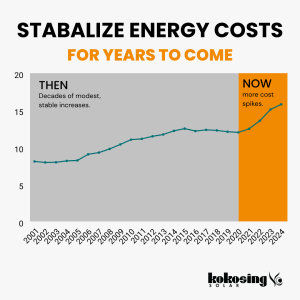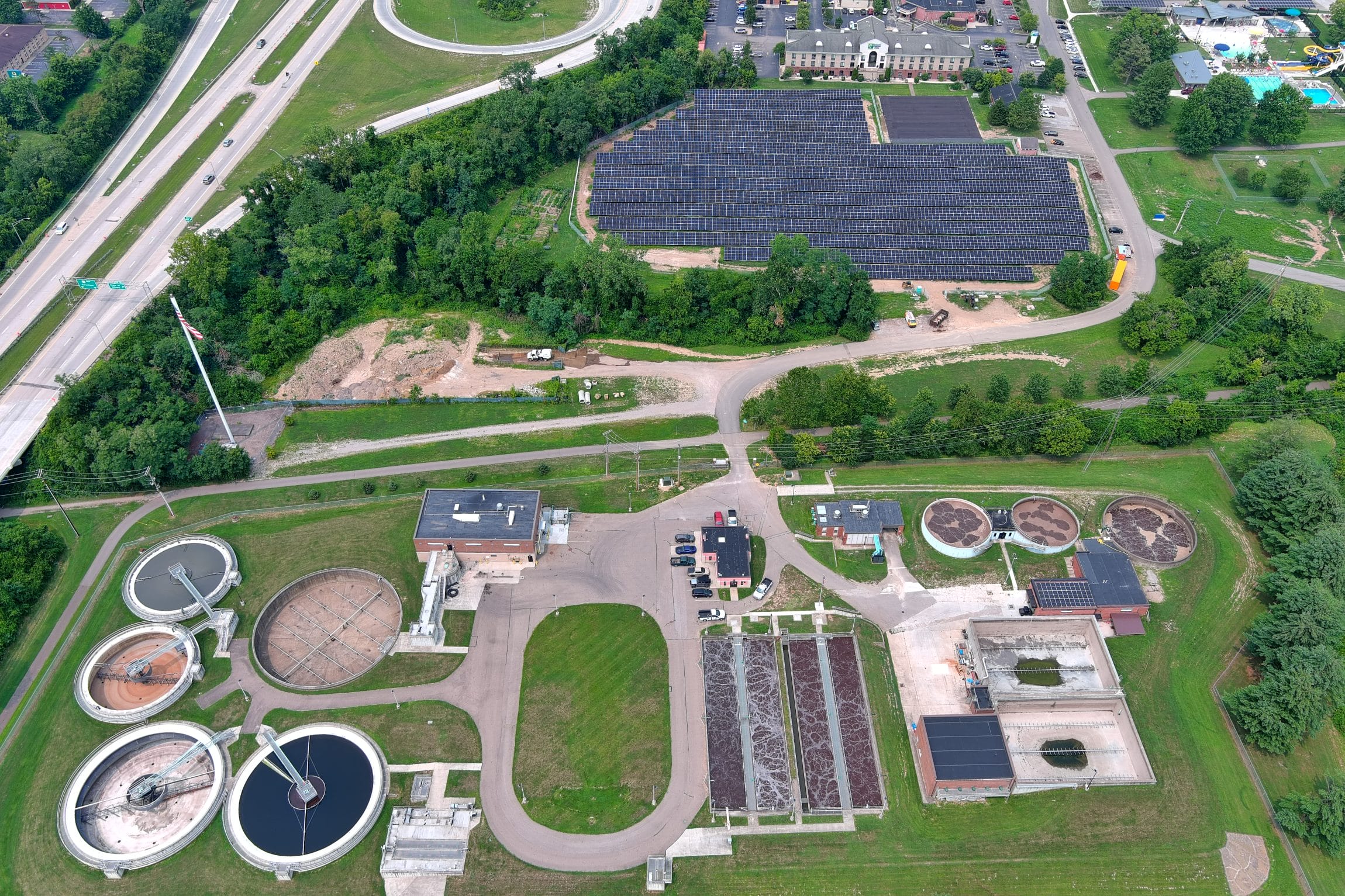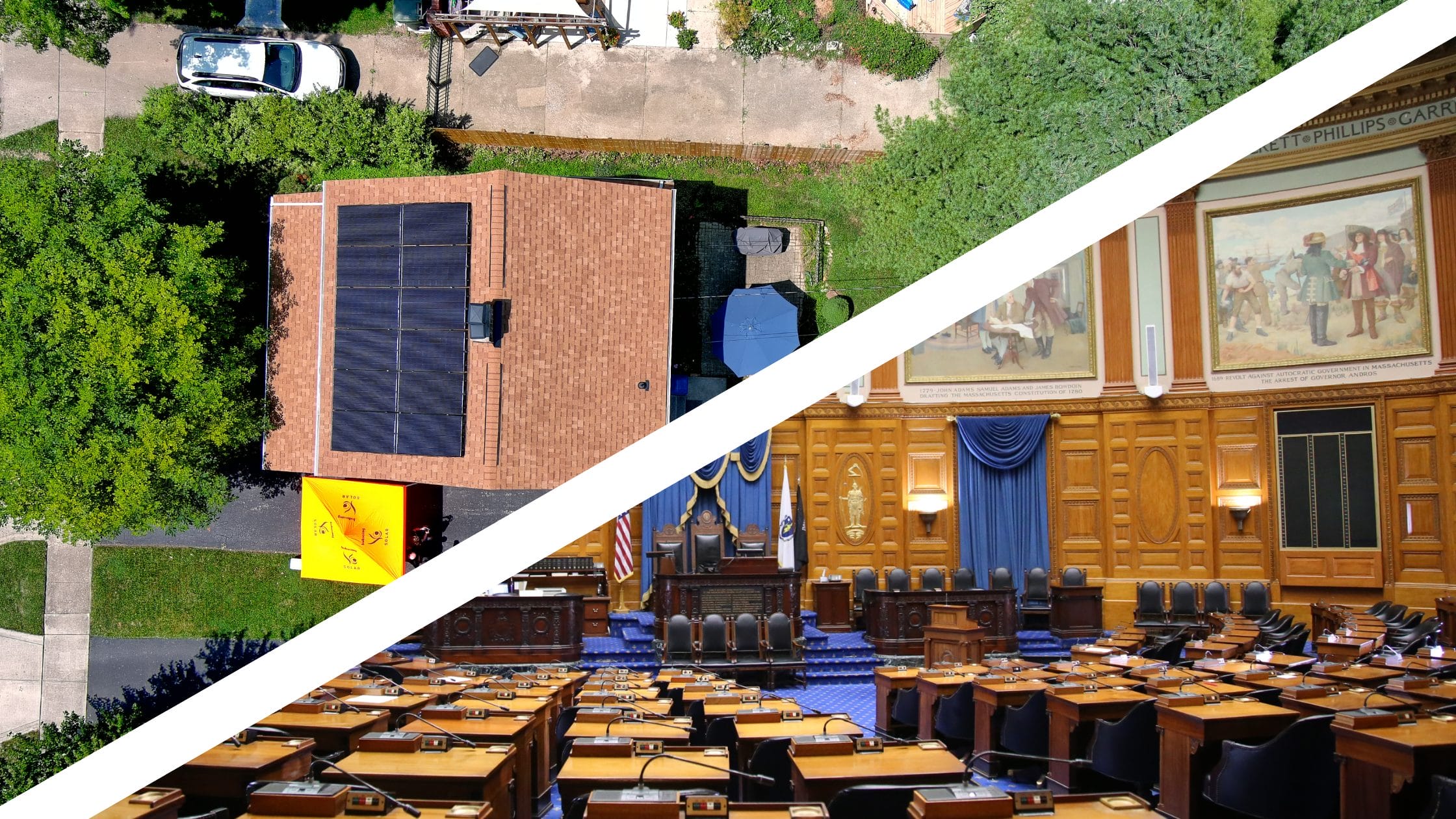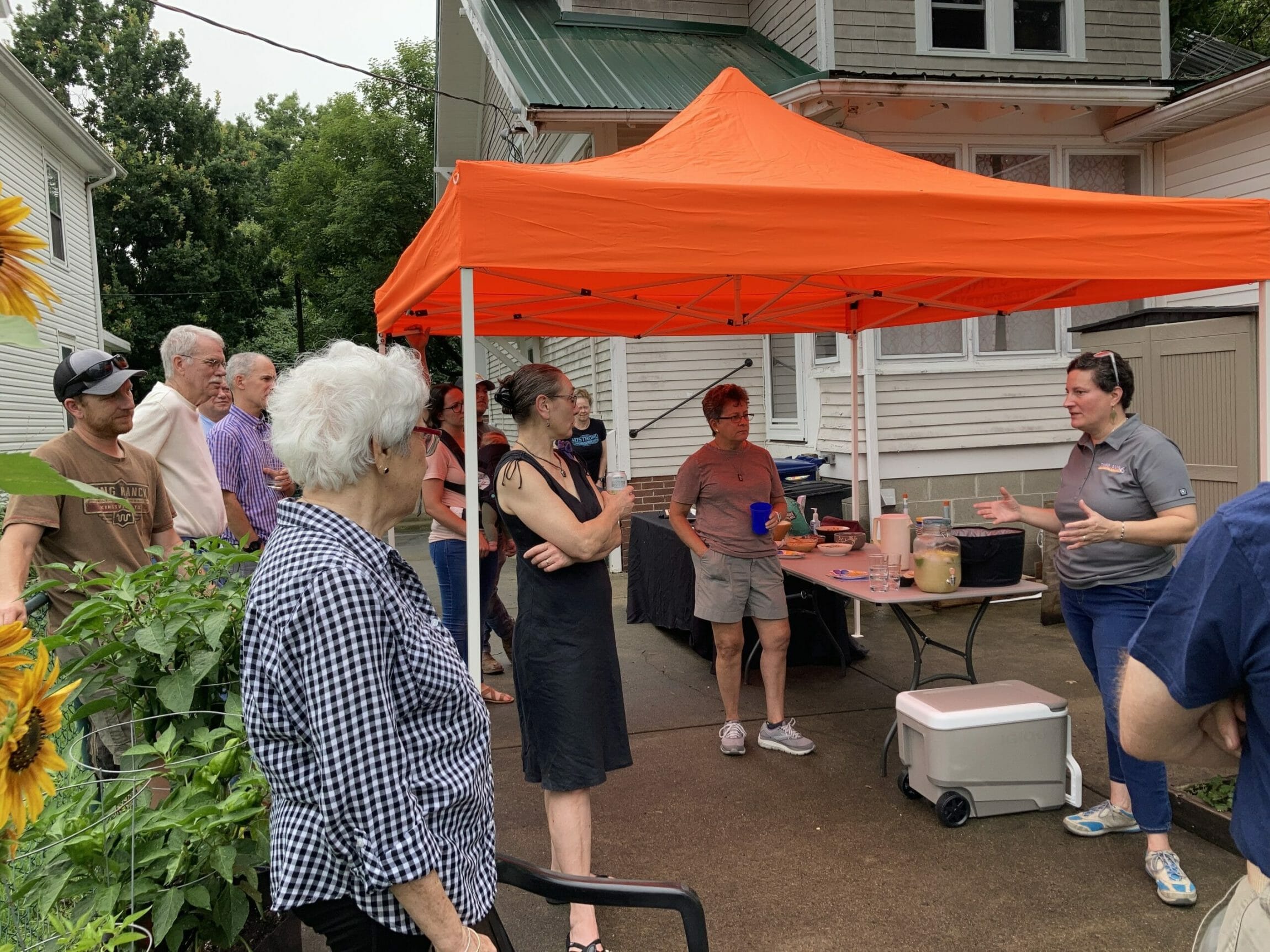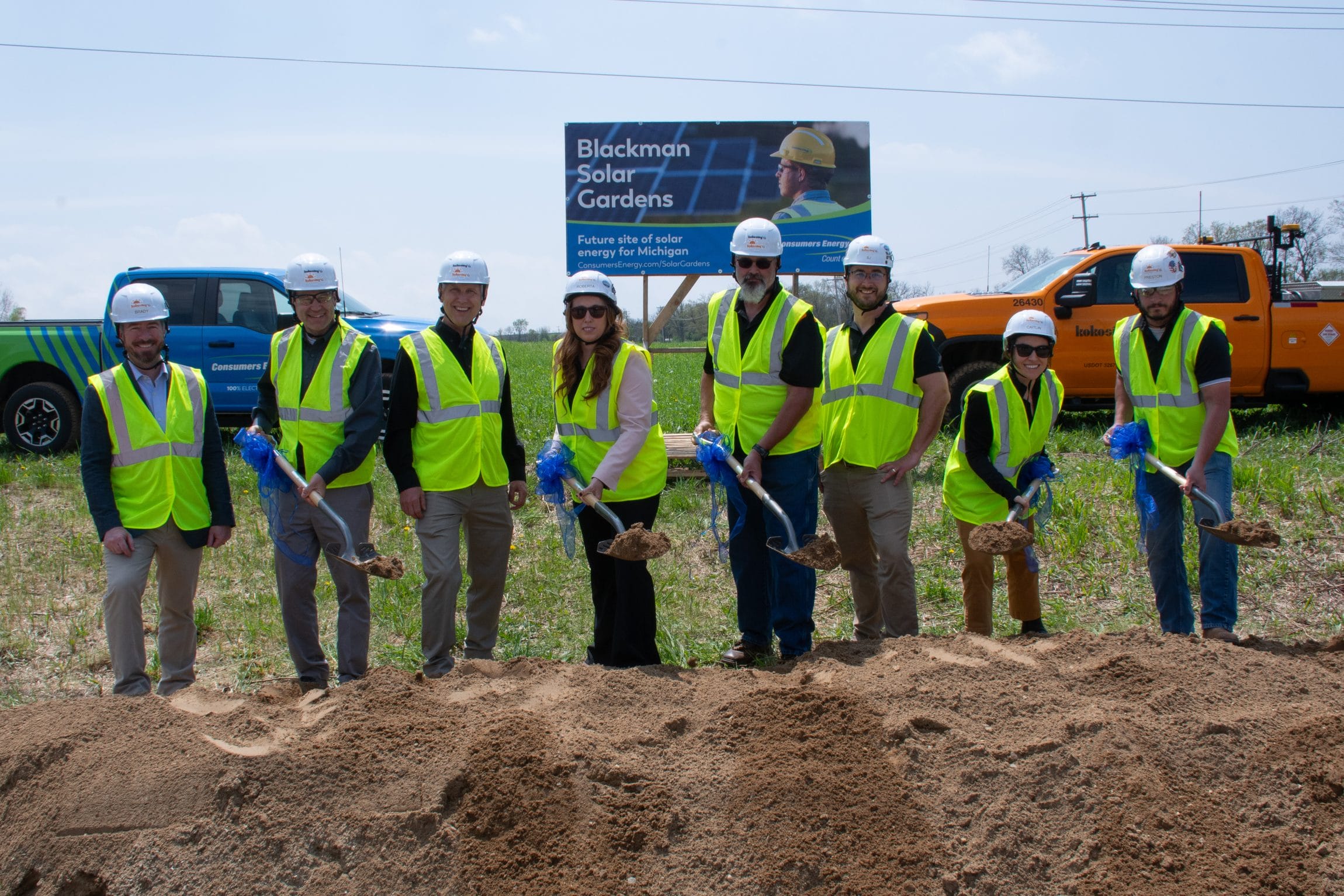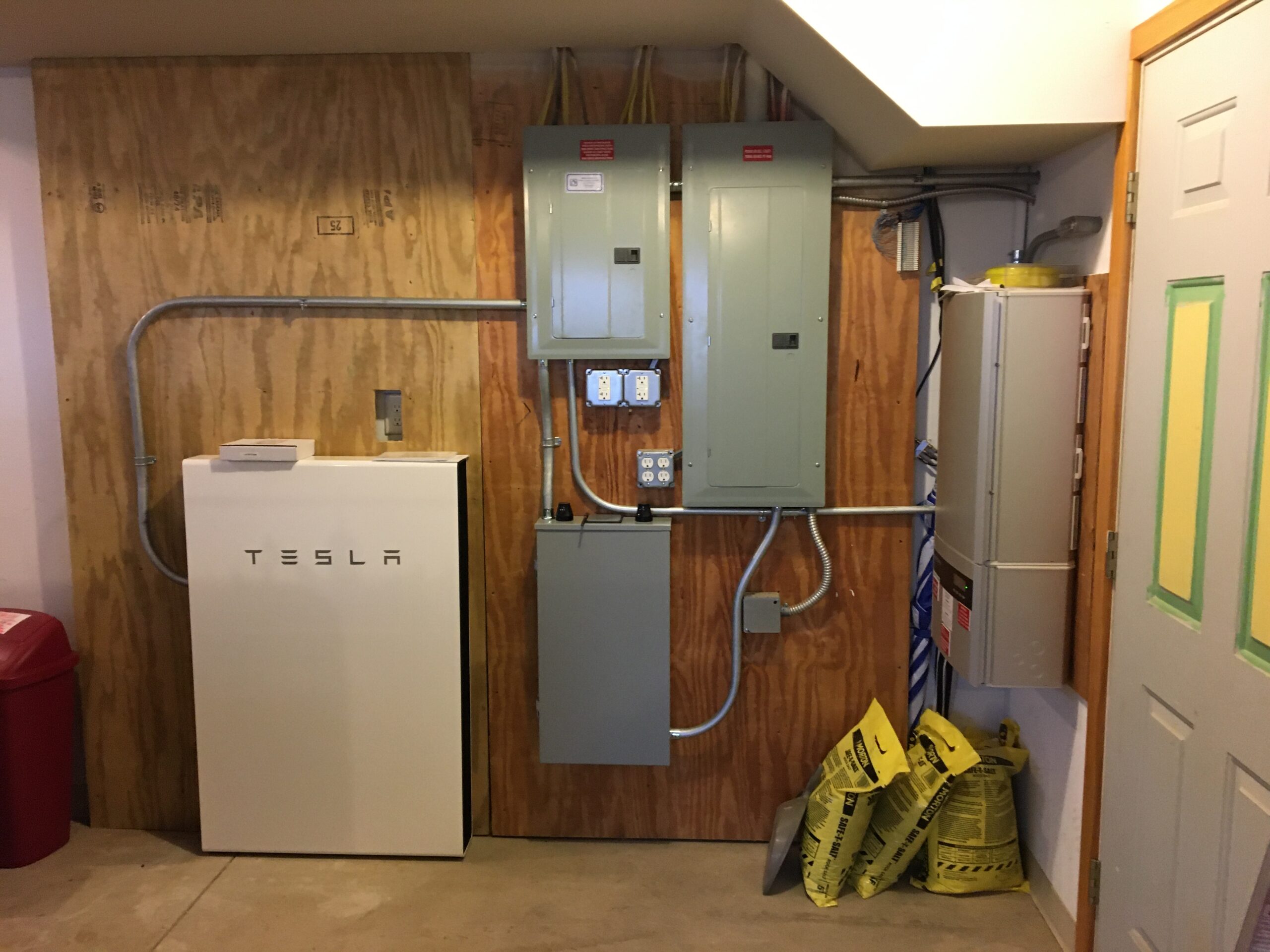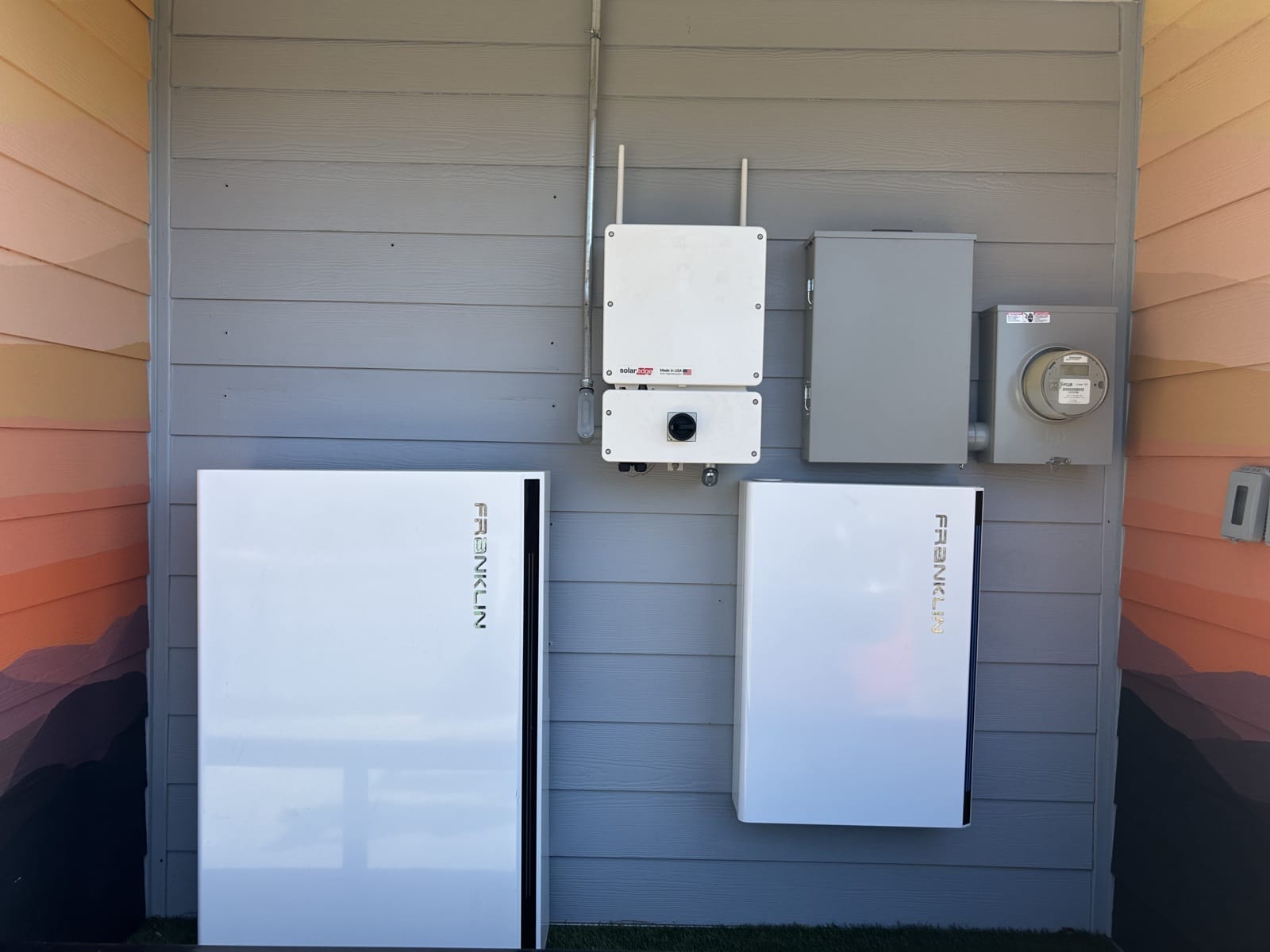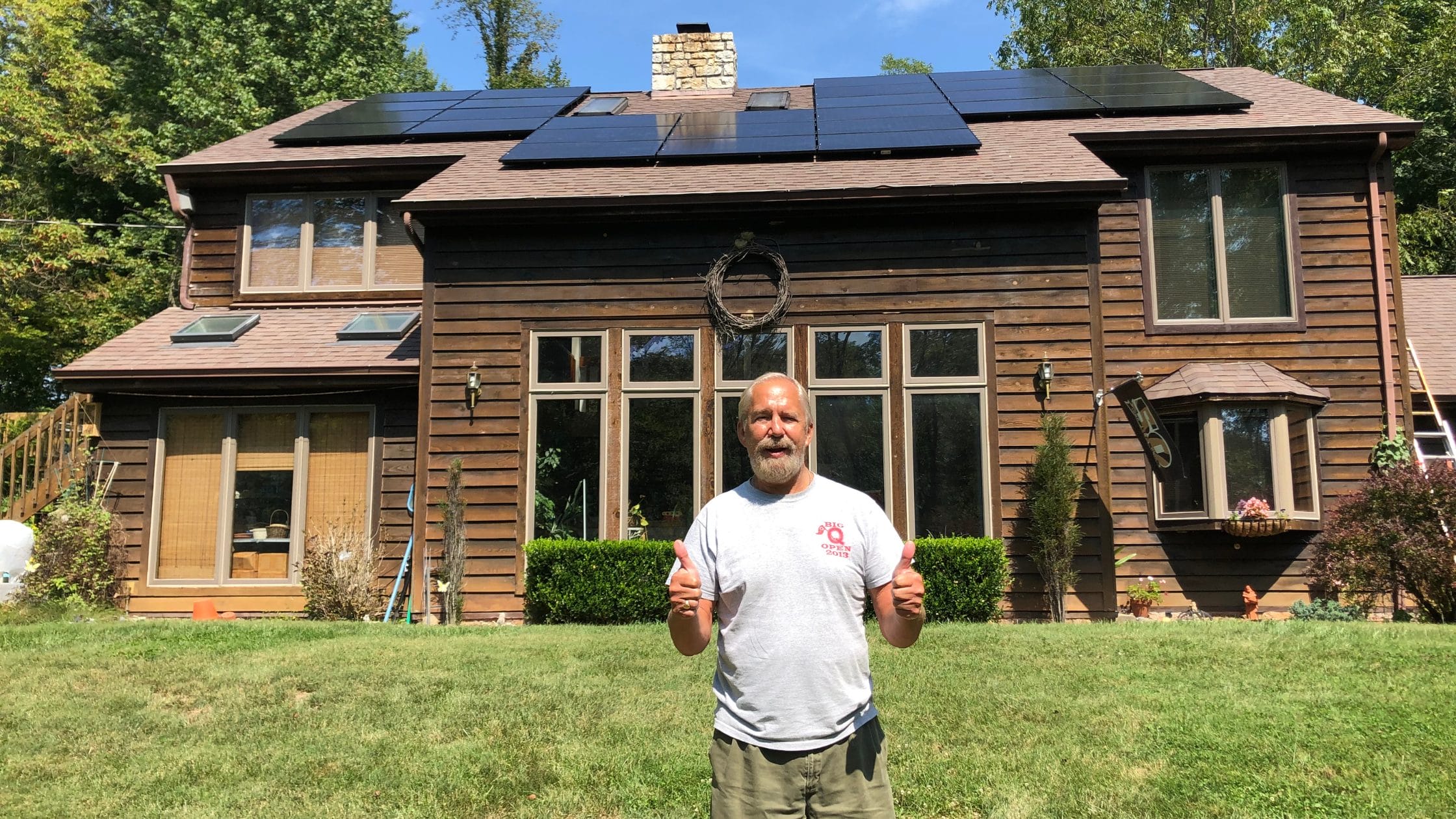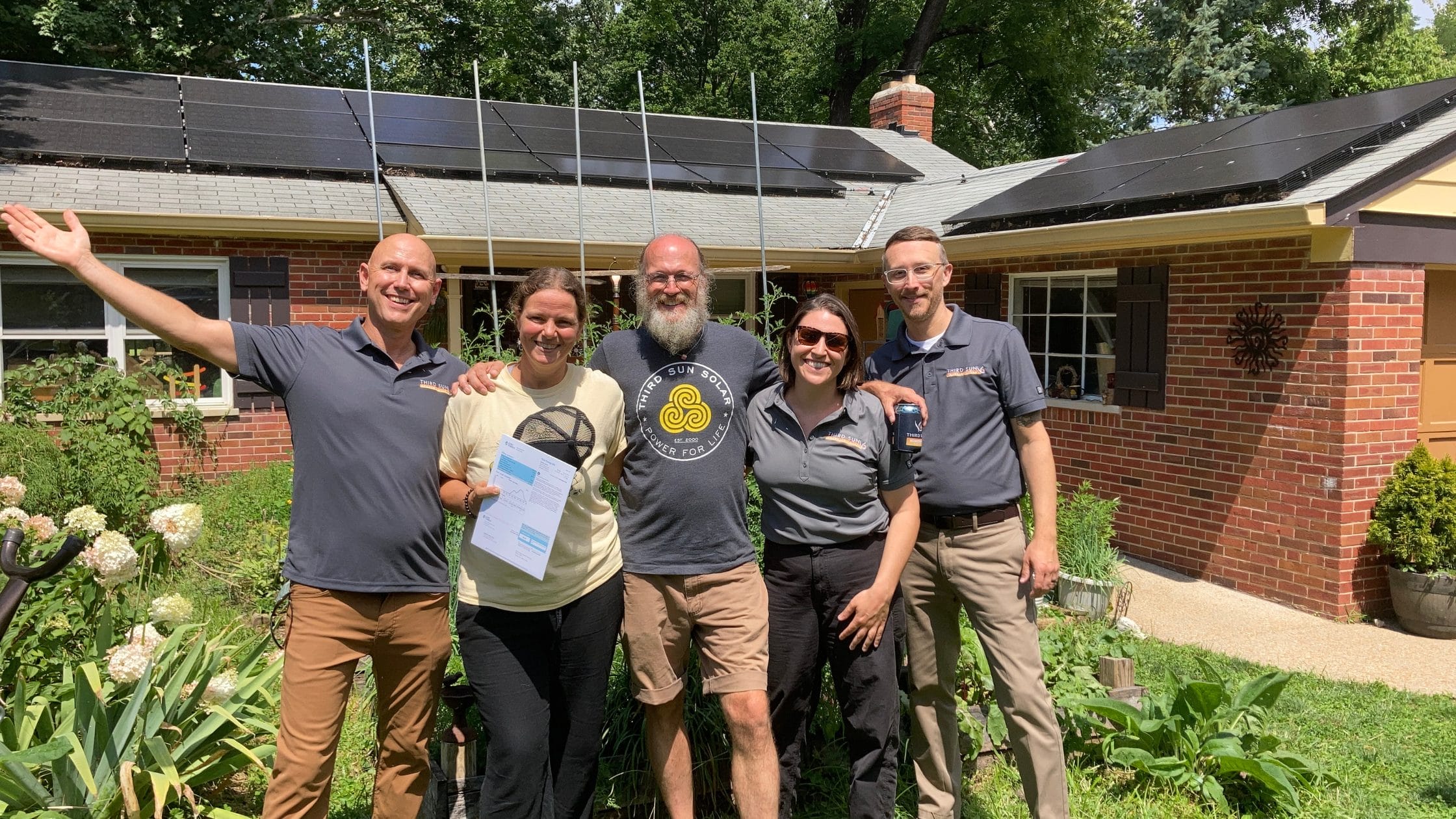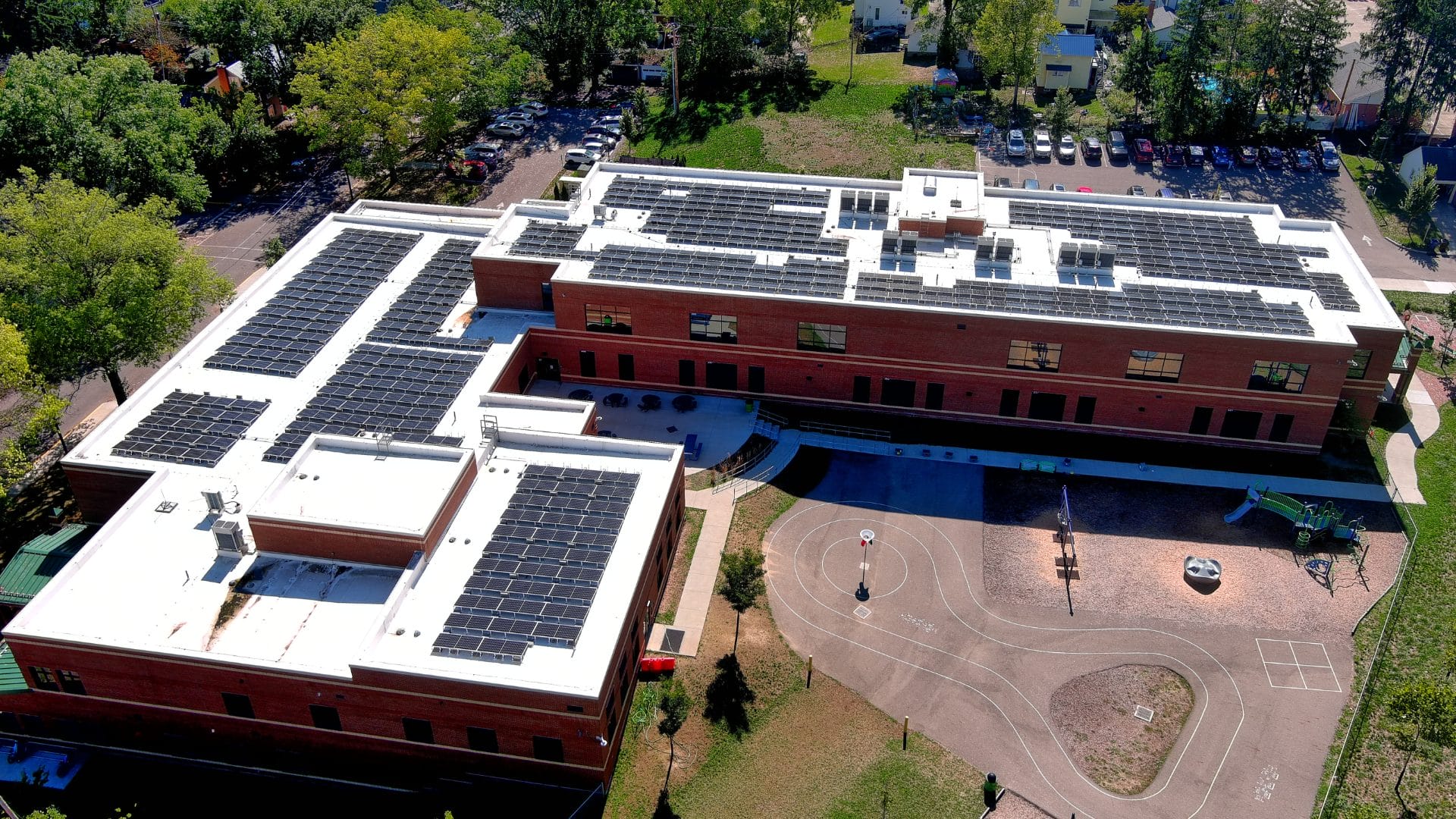Understanding Solar Payback: Why Going Solar is Still a Smart Investment in 2026 and Beyond
When homeowners start exploring solar energy, one of the first questions we hear is:
“What’s the payback period?”
It’s a great question—but it’s only part of the story. At Kokosing Solar, we believe in taking a holistic approach to evaluating the value of solar. Beyond payback, solar offers benefits like increased home resale value, energy independence, and long-term reliability. Still, we understand why payback is top of mind, so let’s break it down.
What is Solar Payback?
Your solar payback period is the amount of time it takes for your savings on electric bills to equal the cost of your solar energy system. In other words, when you “break even” on your investment. After that point, the electricity your system produces is essentially free—while utility rates keep climbing.
Why Solar is Still a Strong Investment in 2026
You may have heard that the federal tax credit for solar has expired. While that’s true, the economics of solar remains incredibly strong—and in many cases, better than ever. Here’s why:
- Solar costs have dropped 75% over the last decade.
- Electricity rates are rising faster than ever, driven by aging infrastructure, storm damage, and volatile fuel prices.
- When you go solar, you lock in a fixed electricity rate for decades. Instead of paying your utility more every year, you pre-buy clean energy at a predictable cost.
The longer you use solar, the cheaper each kilowatt-hour becomes. That’s a level of financial stability utilities simply can’t offer.
The Economics of Solar Today
For homeowners, this means solar is not just an environmentally responsible choice—it’s a smart financial decision. Let’s look at a real-world example.
Real-World Examples from Kokosing Solar Customers
(These examples are based on conservative projections for utility rate increases and panel performance.)
Example: High-Usage Family in Ohio
- Current electric bill: $450/month at $0.24/kWh.
- Projected 25-year cost without solar: $257,500.
- Solar system cost: $42,000.
- Offset: 65% of home’s electric load.
- Payback period: 10 years.
- Total savings over 25 years: $116,000.
Even with partial offset, this family locks in a much lower effective rate—about $0.10/kWh—less than half of today’s utility rate.
Why Payback is Only Part of the Story
Solar delivers more than just financial returns:
When you invest in solar, you’re investing in stability, sustainability, and long-term savings.
Take Control of Your Energy Future
Electricity rates aren’t slowing down—but you can. Lock in your solar rate today and enjoy decades of predictable, clean energy.
Ready to see your numbers?
Contact Kokosing Solar for a free custom proposal.

